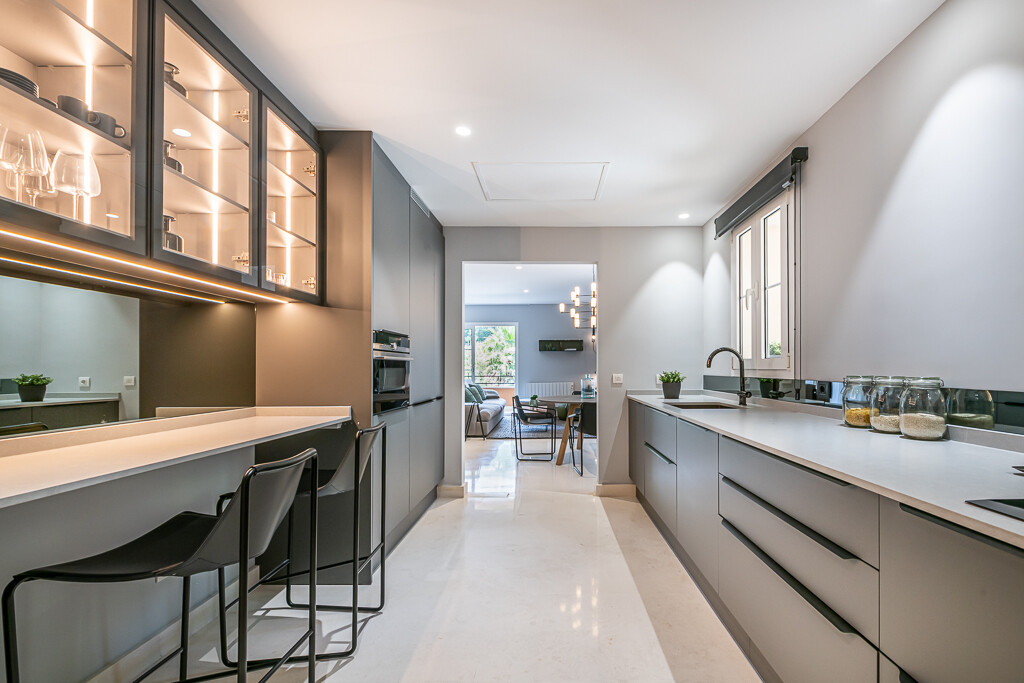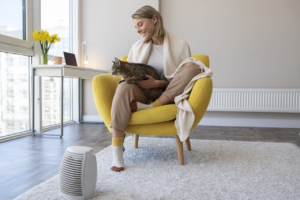Lighting is a crucial element when building or renovating a home. First, it should enable us to carry out daily household activities, and second, it should create comfortable areas.
In this case, the objective of residential lighting design is to create efficient and pleasant illumination.
An optimal home lighting design should meet the needs of its inhabitants, considering preferences, comfort, and functionality.
Therefore, let’s explore all the key aspects of good lighting design, such as location or the tone and quantity of light.
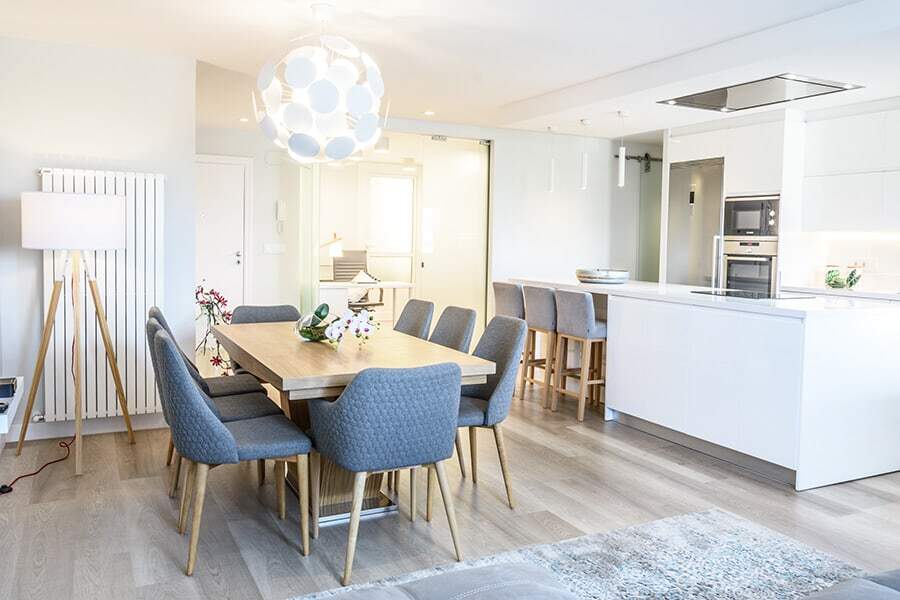
Tips for Home Lighting
Plan the light points as a first step before any changes to ensure you have the power outlets required for the new design.
Calculate the amount of light needed for each room in the house. For example, the placement of spotlights in the kitchen will be crucial for optimizing consumption.
Get dimmer switches that allow you to adjust the amount of light needed according to the activity or time. You can enhance it with semi-opaque screens.
Try to ensure that each light point specifically illuminates different areas of a shared room. This will make household tasks easier.
Make sure to position the various light sources correctly to avoid shaded areas. To do this, we must combine different types of lamps.
Consider the specific characteristics of a room for rest and apply warm light sources.
Use technology that aids in energy efficiency, such as LED lights. They have a longer lifespan and come in many qualities and colors.
Make the most of natural light entering your home through sheer curtains, warm colors, and open communication between different areas.
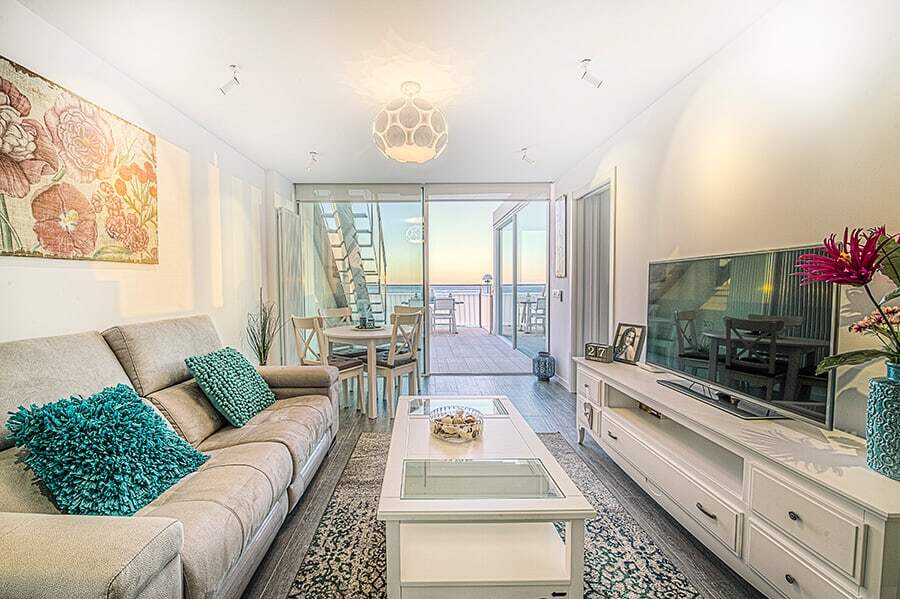
On the other hand, it is very important to consider proportions when creating a harmonious ensemble. An oversized lamp would disrupt that harmony.
In these times, it is necessary for everyone to pay attention to energy savings. For this purpose, we have low-energy lamps, ideal, for example, for the kitchen.
Home Lighting – Artificial Lighting
These are some of the most common types of artificial lighting:
General Lighting
This is lighting that can illuminate the entire group of elements in a specific environment, avoiding shadows or dark areas that hinder tasks. It is turned on and off at the room’s entrance and is diffused through sconces or ceiling lamps.
Focal Lighting
This is non-uniform lighting whose purpose is to provide light to a specific area such as a reading table, food preparation area, or makeup area. For this purpose, pendant, floor, or table lamps are used. They are only used when that additional lighting is needed to perform an activity.
Ambient Lighting
The objective of ambient lighting is to generate an exposure effect or a specific nuance to a space, departing from the concept of work area lighting. It is distributed through several lamps with warm tones.
Decorative Lighting
This type of light is important in residential lighting design. It is used to draw attention to a specific decorative objective or special element in the room, such as a vase, a painting, or a sculpture.
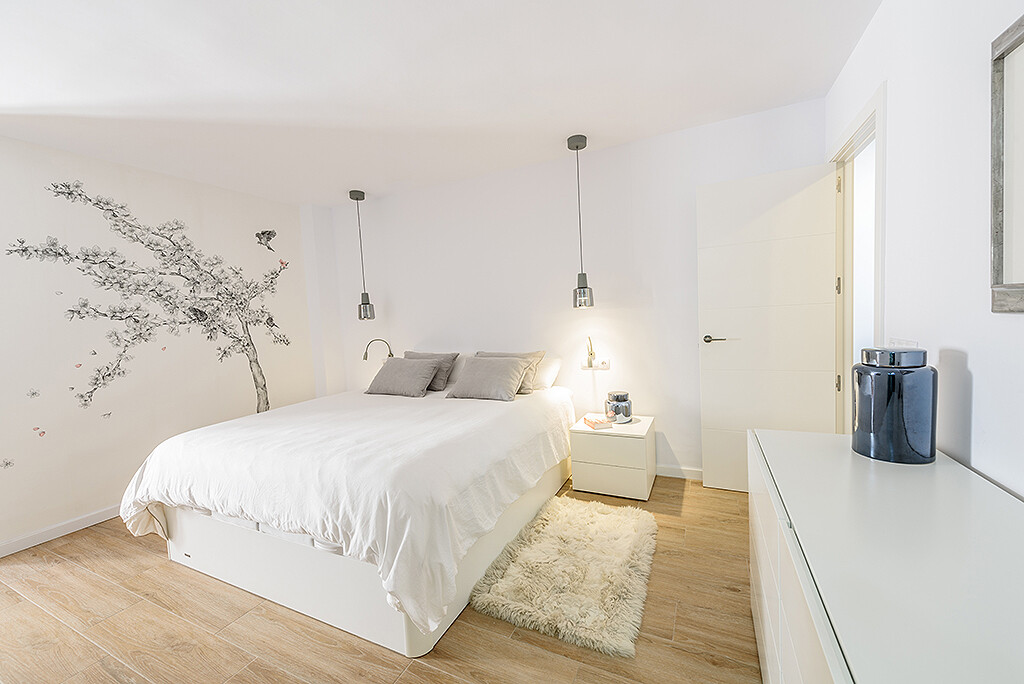
Lighting Systems
Among these, we have:
Direct Light
It occurs when the total flow of light is focused downwards. It is the most efficient system since almost all the brightness is used. However, shadows are more pronounced, and dimly lit areas are created. It is used in places that require focused light.
Semi-Direct Light
It is used when most of a flow of light is applied downwards towards the ground and the rest, about a third, is reflected on the walls. It creates a warm atmosphere by clearing shadows and reducing glare effects.
Indirect Light
The vast majority of the light flow is directed upwards to then be distributed throughout the room. It is advisable to use light colors that help reflect light well. Indirect light creates a relaxing atmosphere and a sense of spaciousness. The only flaw is the loss of sharpness in objects.
Semi-Indirect Light
It is a type of lighting that is becoming increasingly common in residential lighting design. It occurs when two-thirds or more of the light is directed upwards, generating soft shadows and a warm and comfortable atmosphere.
Diffuse Light
This kind of lighting is distributed equally between direct and indirect sources to generate homogeneous light that avoids contrasts and pronounced shadows. It is used to achieve general lighting.
Tips for Saving on Home Lighting
The most important thing to consider is to take advantage of natural light. This will provide us with a sense of vitality and comfort, in addition to being healthier.
Any professional will tell you that one of the first things to study is undoubtedly solar availability.
This will condition the choice of insulation, windows, air conditioning systems, curtains, and interior distribution. In this way, we will be able to dose the energy with the consequent economic saving.
To optimally take advantage of natural sunlight, there are tools to enhance natural lighting inside the house: grouping daytime active rooms, creating open spaces, removing obstacles from windows, using soft colors, and having glass sliding doors.
Another tip for saving on home lighting is to use LED lighting. It is true that it is a somewhat more expensive material than traditional systems, but it allows a 75% reduction in energy consumption compared to a normal bulb, as well as emitting less heat.
Another option is low-energy bulbs, although these save less. Other ideas for saving energy in residential lighting design include getting light regulators or motion detectors.
